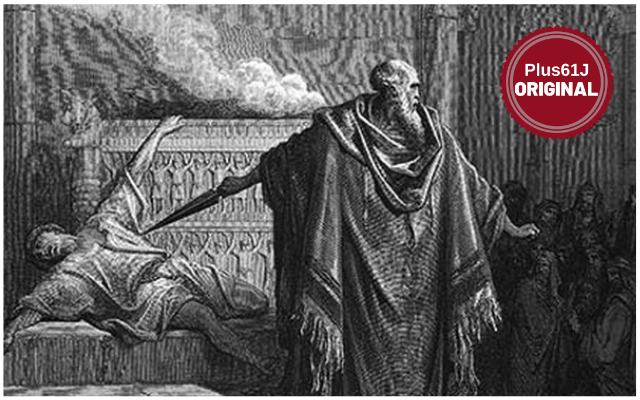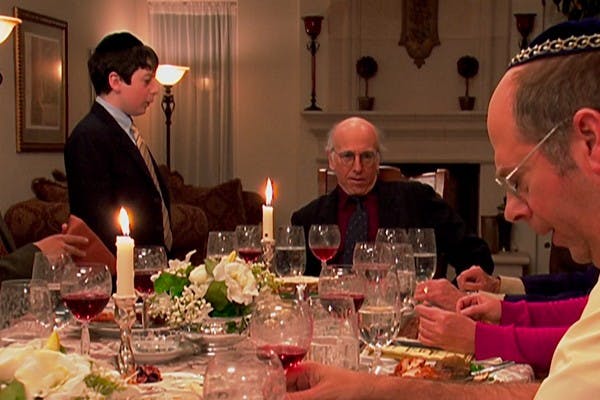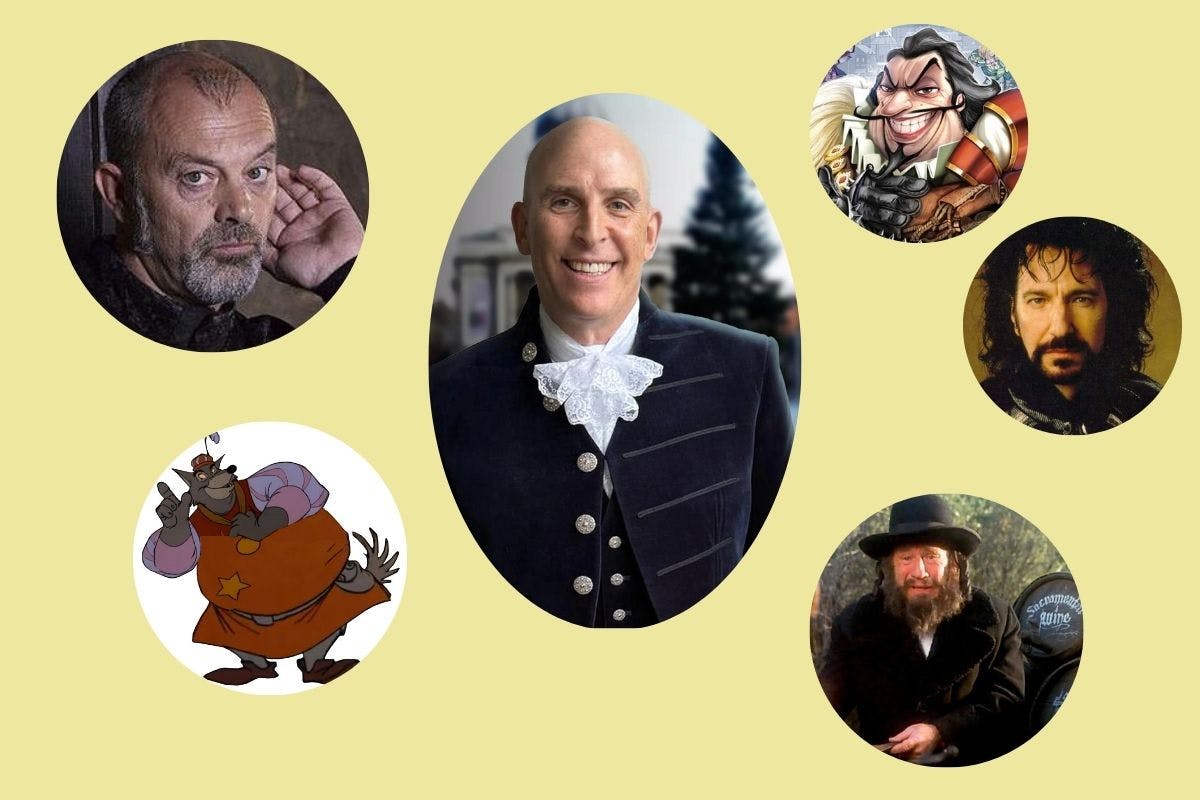Published: 18 December 2019
Last updated: 5 March 2024
RITUALS: But long before the Zionist revolution, the main story of Chanukah for centuries was the miracle of the cruse of oil that lit up the Temple Menorah for eight days. This story is narrated in the Babylonian Talmud and presented there as the formative moment of Chanukah:
"What is Chanukah? When the Hasmonean monarchy overcame [the Greeks] and emerged victorious over them, they searched and found only one cruse of oil… sufficient to light for only one day. A miracle occurred and they lit from it eight days. (Talmud, Shabbat 21b)"
By glorifying this seemingly minor miracle, the spotlight is turned to the religious rituals that take centre stage in the drama of Chanukah. This message was powerful during the days of Jewish existence in diaspora, when the goal of maintaining the rituals and the culture in times of trouble was of prime importance. This humble story about the miracle strengthened the belief that come what may, maintaining the religious rituals will keep the community together and secure the continuity of the nation.
ZEALOTRY: But in our quest for the Chanukah hero, we must not overlook the significance of Matityahu. Also known as Mattathias, the father of the Maccabees was the one who called out with zealotry to hold on to the Jewish tradition, combating the cultural influence of the Greeks.
Although like his son Judah Maccabee, he called for military action, the focus of Mattathias was mainly internal and more cultural than national. His prime target were Jews who adopted Greek customs and from whom he did not spare his violence. This is how 1 Maccabees describes Mattathias’ action after witnessing a Jewish man bowing to a Greek statue in the town square:
A Jew came forward in the sight of all to offer sacrifice on the altar in Modein, according to the king’s command. When Mattathias saw it, … his heart was stirred… he ran and killed him on the altar… Thus he burned with zeal for the law, just as Phinehas did… (1 Maccabees 2:23)
The book of 1 Maccabees praises Mattathias, a descendent of the Levite linage, for his deadly act. The narrator also aligns him with another Levite from earlier times, Phinehas, who in the book of Bamidbar, Numbers, is awarded a “covenant of perpetual priesthood” for slaughtering an Israelite man and a Midianite woman on account of their relationship (Numbers 25:12).
But Mattathias’ actions took him even higher. 1 Maccabees recounts that after the slaughtering of the bowing man, Mattathias “cried out in the town with a loud voice, saying: ‘Let everyone who is zealous for the law and supports the covenant come out with me!’” (1Mac. 2:27).
A few centuries later, the popular Middle Ages chronicle The Book of Jossipon changed the wording of Mattathias’ cry to “Who is on the LORD’S side - Come to me!” Apart from being a more elegant and catchier slogan, Jossipon’s alteration aimed to draw a connection to another Levite figure in the Jewish heritage – the great Moses.
In the story of the Golden Calf, Moses is portrayed as the saviour of the people from God’s wrath. But moments afterwards, as the story recounts, Moses takes another step and calls “Who is on the LORD’S side - Come to me! (Exodus 32:26). Here too, it is Levites who heed the call and go on to massacre 3000 of the people who were involved in the worshiping of the calf.
Mattathias’ war of religious zealotry resonates with the days of the Israelites in the desert, where supposedly righteous executors commit massacres on behalf of God and the law. Interestingly, the executors are all associated with the tribe of Levi, a tribe that according to some biblical sources, was not totally an integral part of the Israelite congregation and may have developed a zealous character in order to establish its place in the nation.
Going back to the question we opened with: which of the three figures/narratives has won the title the hero of Chanukah? Judging by the social and political atmosphere of today’s Israel, it seems that many have chosen Mattathias as their Chanukah hero. The call of “Who is on the LORD’S side - Come to me!” is often heard in the public discourse and its zealous message glorified. From rabbis’ lessons to political campaigns, the call enhances an us against them mentality, claiming that it is us who hold the “right values”.
The growing rivalries between the different tribes and sectors within Israeli society promote zealotry and divisive expressions. This, as we learn from the stories of the past, may sometimes come with a bloody price tag.
Image: Mattathias Slays the Apostate, Gustave Dore Bible illustrations, 1865



